Regions Map
X
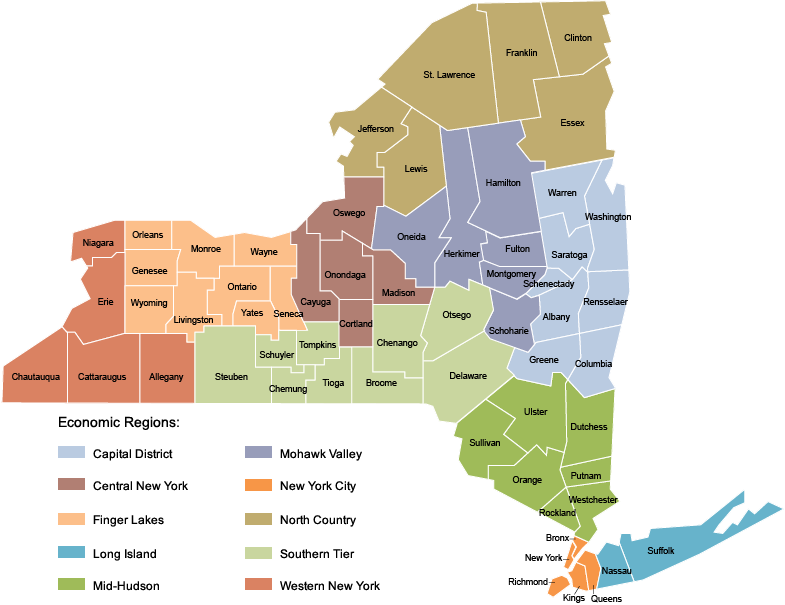
Mary Beth D'Aloia
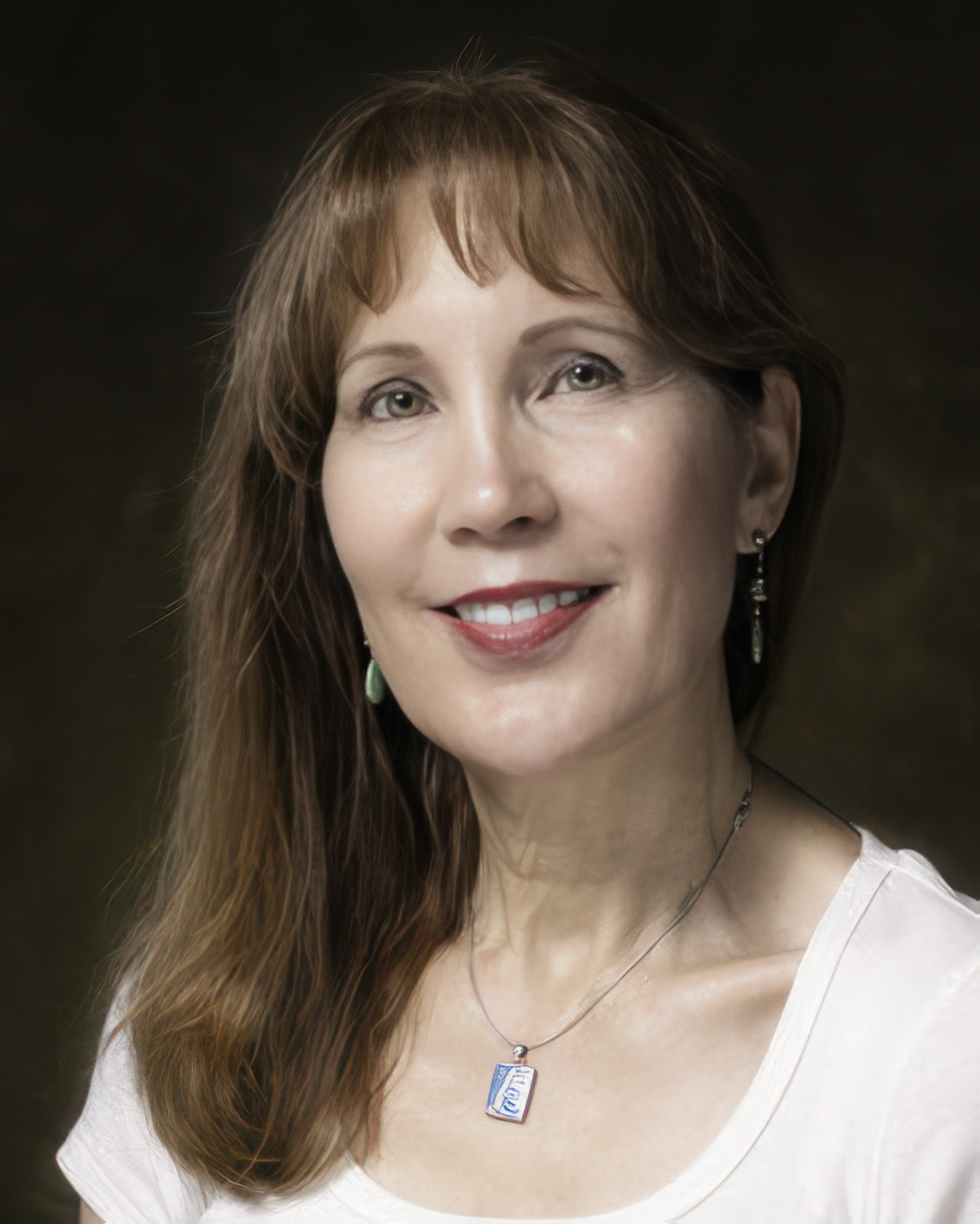
I teach Adobe Photoshop and Adobe Lightroom. Students learn the basics of Photoshop using layers and layer masks and the new Generative toolbar. They will also learn how to composite two or more images into one and how to enhance photographs.
I am a professional wedding and portrait photographer with 30 years of experience in photography and over 25 years in Adobe software.
My three day photography program is geared towards high-school students and will focus on photo-based image making for story telling, communication, creative expression, personal exploration and digital output.
The three-day Adobe Photoshop program teaches how to use Photoshop to enhance images, composite images using layer masks and much more. Students will learn the Photoshop interface which includes: Document window, Menu bar, basic tool bar, the new Generative AI toolbar, Options bar and Panels. In this program, I walk students through building a composite image using different images and text. Then they will learn how they can enhance their own images using adjustment layers and other techniques.
Amy McCoy
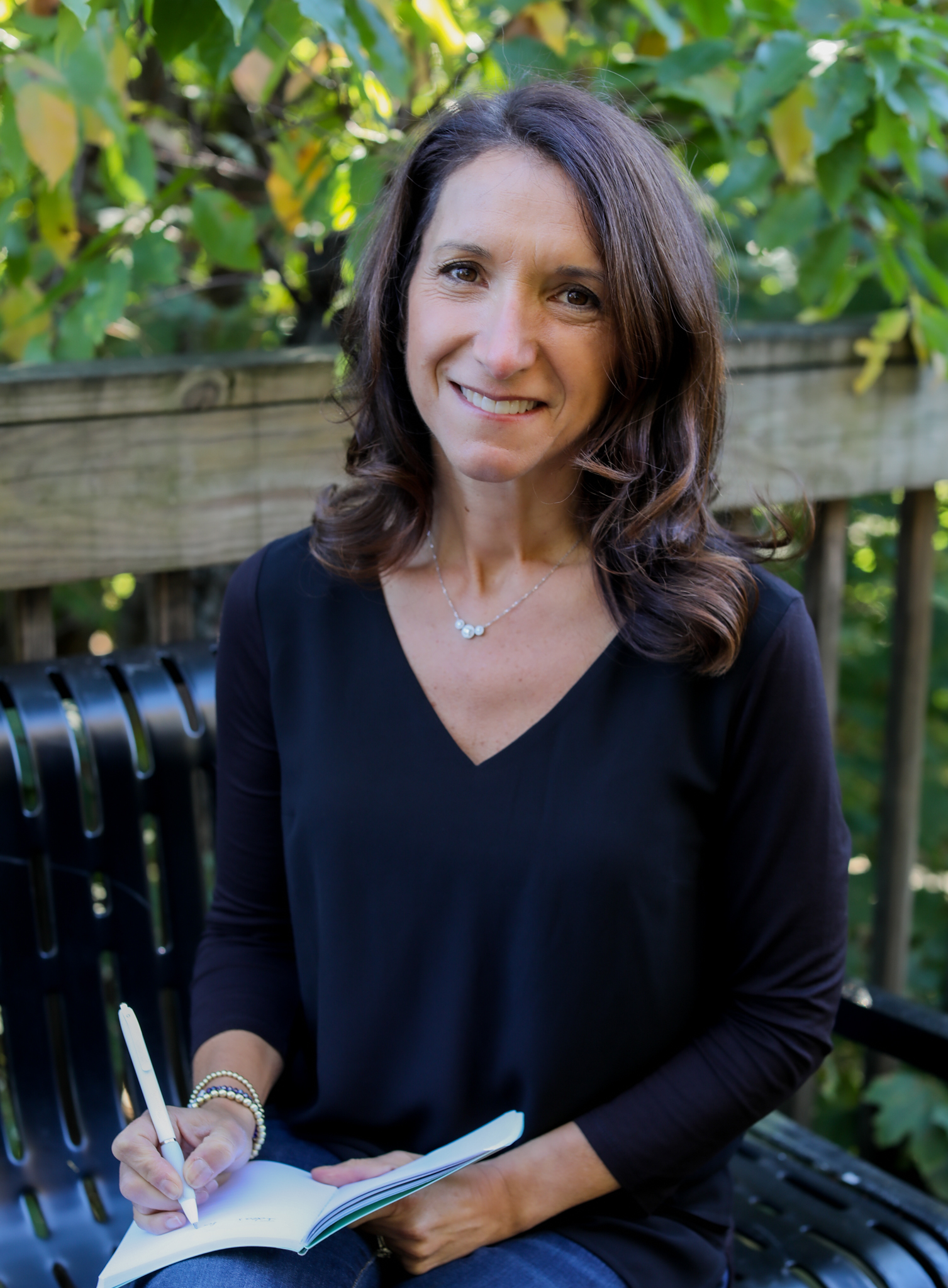
This Visiting Author Presentation focuses on disability acceptance & inclusion while connecting to the presenter's various children's books. By attending this program, students learn about different disabilities and the process of writing realistic fiction while becoming inspired to make a positive difference in their schools and communities. Great presentation for Autism Awareness Month (April) and Disability Awareness Month (October). Contact Author directly through her website for free Reading Guide. Amy also offers parent workshops related to raising a child with disabilities and understanding the unique needs of siblings.
Justin Kolb
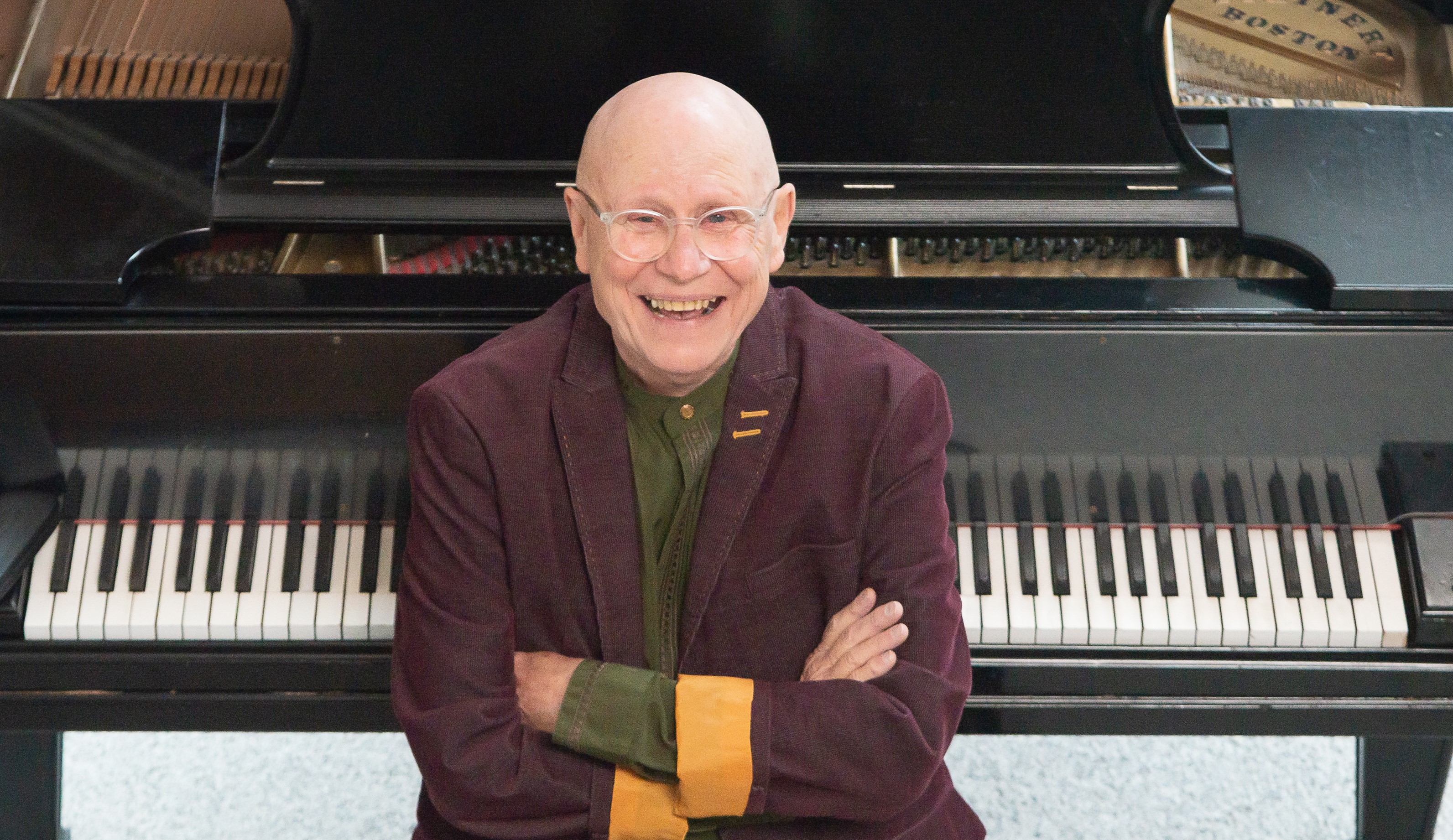
Middle/High School
Why Music Students Excel
Motivational Clinic for Band, Youth Orchestra and Chorus
(Also appropriate for Theatre Kids.)
Program Description
This morale and self-esteem building session begins with a ten minute solo performance by Justin. The performance is intentionally virtuosic, leaving no doubt in the student's mind that the artist is a seasoned professional who has experienced success on stage.
The objective of this learning experience for students is to reinforce what the music faculty has been stressing all along. That is: the student's musical experience and musical education goes well beyond 'blowing a horn'. This experience is about developing life survival skills. Skills that will help the students to become better adept at problem solving, decision making, enjoying a fulfilling life beginning now and into the future.
Justin asks the students to identify skills that they have learned from their musical experience (lessons, practice, or performance) that they have found useful when they are outside the world of music. Skills described by the students typically range from attention to detail and time management, to conflict resolution and ability to accept criticism. At the end of this segment of the session, a list sometimes comprising as many as 24 skills has been articulated by the students. Kolb looks at the students and asks them to seriously contemplate the "skills inventory". Kolb then exclaims, "Look at who you are and what you can do!" He quickly points out that large corporations and even governments invest great amounts of dollars to teach their employees how to acquire these same skills.These sessions are highly informational, uplifting, fun and enhance self esteem. Justin gets along easily with students, parents, staff, and faculty.Willing to tailor sessions to better meet the needs of the students.
The Wacky Science Show
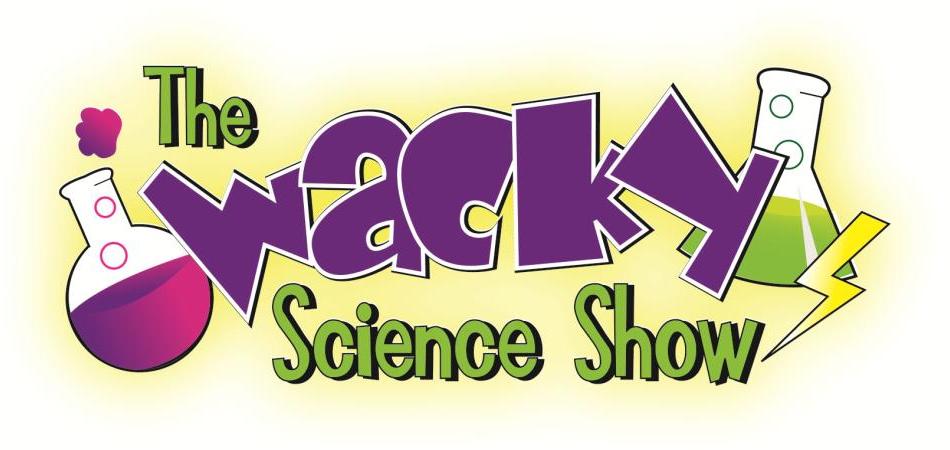
The Wacky Science Show takes the magic of theatre, attention-grabbing comedy, and scientific truths to your students in a fun-filled way! More than twelve students will participate throughout the show, putting science in their hands! In this school assembly with a focus on science, the wacky and zany presenter, Dr. Science, helps students learn about the Scientific Method in a fun and straightforward way with lots of magic tricks and some comedy too! Your students will crack up at the craziness, but your staff and teachers will really enjoy the lessons. Our science show includes learning the Scientific Method, Physical Sciences, Math, Life Sciences, Earth Science, the Human Body, Air Pressure, Acids/Bases, Levers/Machines, Dinosaurs, the Natural World, Outer Space, States of Matter, Safety in the Lab, Bernoulli, Reactions between Chemicals, and more. Additionally, older students in middle school will learn Centripal/Centrifugal forces, kinetic energy, potential energy, inertia, connections in technology, and using chemicals in observations. The Wacky Science Show has exercises and science concepts for students at different levels of scientific discovery!
Percussia
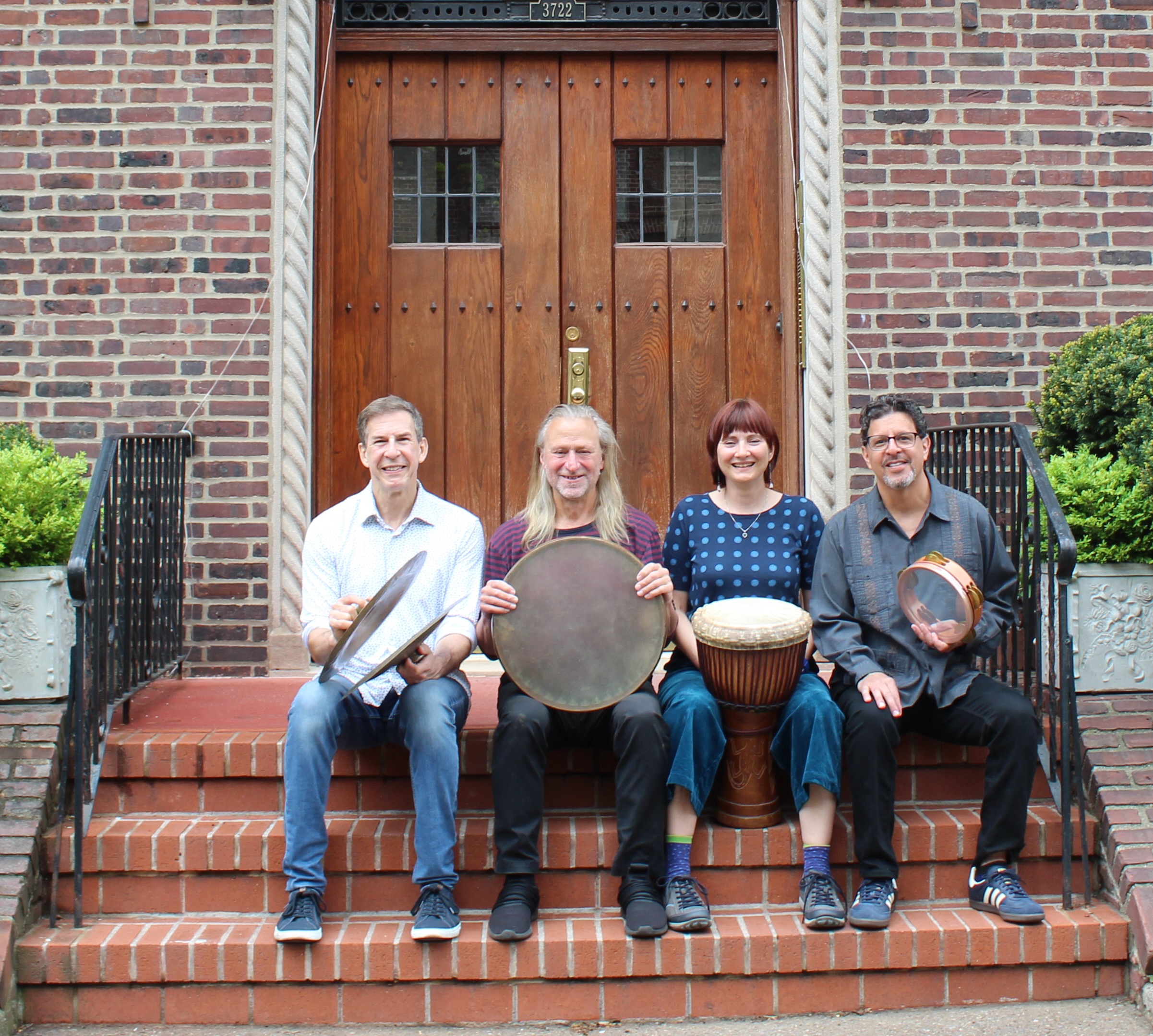
Sit back and let the musicians of Percussia take you on a musical journey using percussion instruments, chants and rhythms from all over the world. With stops in Brazil, West Africa, India, Cuba and China, this high-octane, engaging program deepens students’ knowledge of geography, global cultures, and their music. Students become active participants in the show by clapping rhythms, singing songs and even participating in a Chinese Lion Dance. Percussia would be thrilled to join you at your next assembly and kick off our trip with our signature samba parade.
Reaction Dance Company
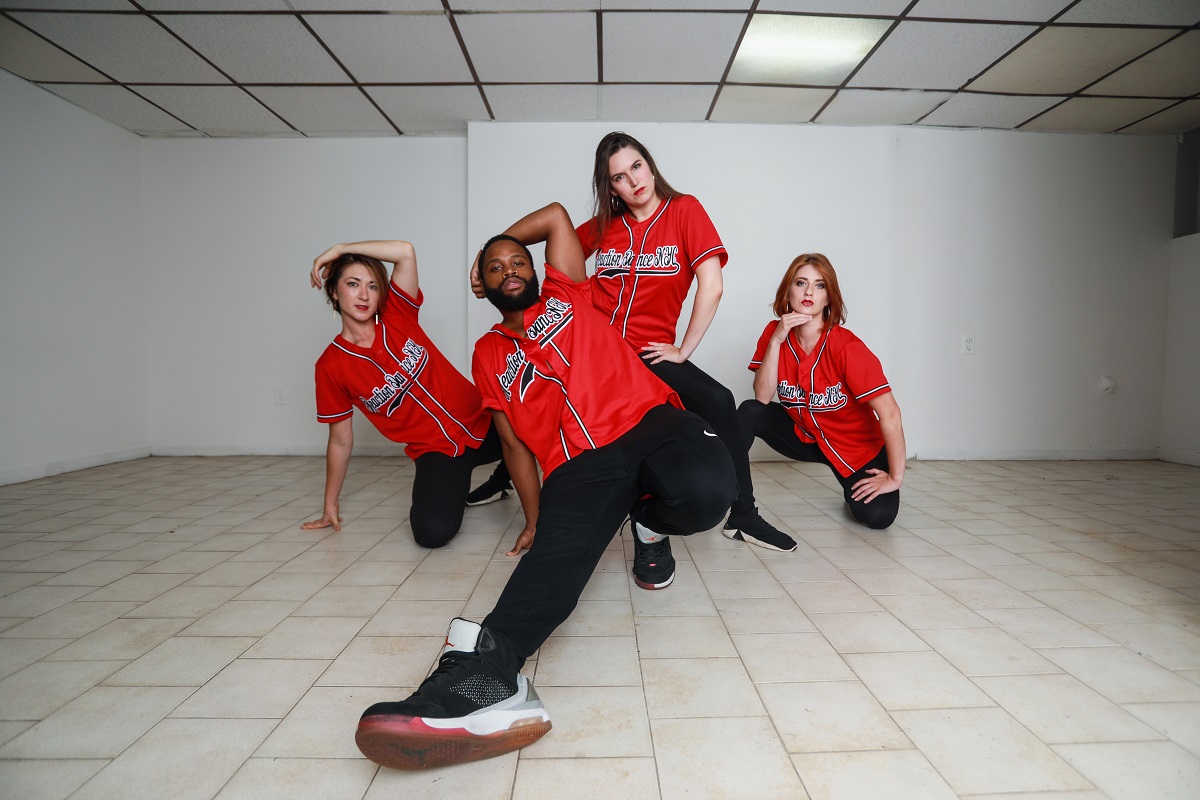
Reaction Dance Company NYC (RXN) was founded in 2014 by Artistic Director Juliette Nieves-Becker. Our mission is to challenge the boundaries between dance styles and change audiences’ perception of cultural dances. We bring educational dance assemblies that fuse Bollywood, Latin, Hip Hop, Contemporary, and Jazz dance styles to schools across the United States, introducing thousands of students to the joy of celebrating diversity through dance. In addition, we maintain an active performance schedule, with our most notable performances have been for the Parrish Art Museum in South Hampton, RAW Artists Brooklyn 2018, Reaction Presents: The United Boroughs of NYC, Dance USA Dance 2017 on Zee TV, Kpop Cover Dance Festival 2017 (4th place US Finalists), and the music video "La Conoci Bailando" by Ozzie Valencia.
Stitch Buffalo
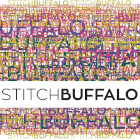
Stitch Buffalo is excited to share our love of textile arts and provide instruction to learners of all ages and skill levels. When you book a class, a Stitch Buffalo instructor will come to your location and provide comprehensive instruction to your group. All supplies for the project are included.
Participants will learn fundamental techniques while developing design and collaborative skills in a relaxed environment that encourages exploration and personal expression.
Our rextile art projects/skills reflect traditional techniques used in many cultures from around the world.
These include:
1. Hand Embroidery
2. Block Printing
3. Pom-Pom Making
4. Jump Rope Making
5. Stencil and Appliqué
6. Macrame
7. Weaving
For each of the seven core disciplines, we offer three related projects that correspond to different ages and ability levels: beginner (elementary school); intermediate (middle school); and advanced (high school through adult). We also provide information on the
cultural context of each project, including how people from various cultures are practicing these traditional techniques today—right here in New York.
Seagle Festival

Seagle Festival offers a touring in-school children's opera performance each early fall season in September and early October. Available children's operas are suitable for pre-K-6 audiences. The booking includes a 30-45 minute performance, plus a short question and answer session, as well as a professionally produced teacher guide with pre and post opera activities to integrate students' opera experience into their regular curriculum.
Via Aquarium
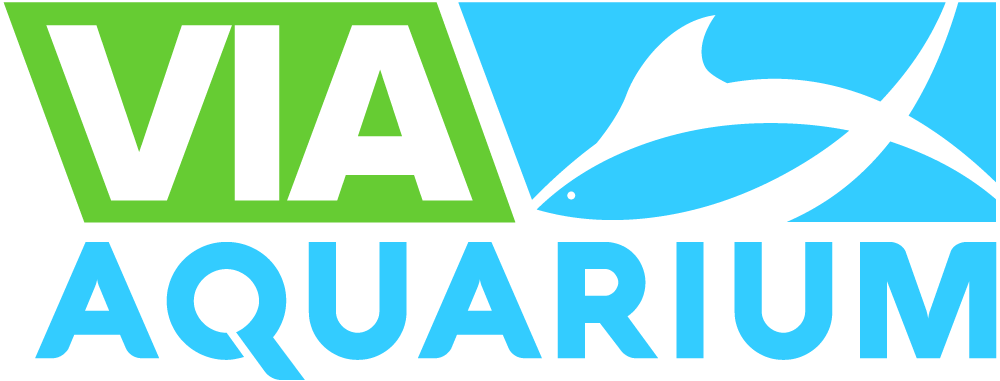
Via Aquarium is the only full-scale aquarium in the Capital Region. We provide an avenue for students of all ages to explore the natural world from freshwater to saltwater and even terrestrial life with reptiles and amphibians. If your school can't make their way to us, our education team can travel with select animals to provide these experiences within your classroom.
Field Trips - $12 admissions per student, free admissions for staff, $14 admissions for chaperones, $5 for add-on educational programs, and $10/cup of stingray food.
Outreach Programs are $350 for a 60-minute program, $200 for a 30-minute session, and any session after that is discounted. Our travel fee is $0.75 per mile over 30 in both directions (i.e. first 60 miles are excluded in the fee). Programs are available for students in preschool through high school.
Bi-Okoto Drum & Dance Theatre

Bi-Okoto creates performances and educational experiences to help audiences of all ages and backgrounds engage and bridge cultural gaps. We use authentic African culture-based theatre, music, drums, dances, cooking, languages, and clothing to accomplish that.
Our B-FIT classes are classes offered at our center on a weekly basis. They include West African languages (Yoruba, Kiswahili, etc.); Drumming (for kids, and mixed-levels); Dance (for kids, and adult mixed-levels); Drumming (for kids, and adult mixed levels); AfroPop Dance (ages 13 to adults); Cooking (ages 13 to adults)
Images of Africa Summer Camp keep kid 6-12 engaged in activities from our B-FIT classes in. Kids participate in cultural and character-building activities at the center, and they have weekly field trips to various community-based arts activities.
In Tolongo Afterschool program we offer similar contents as in our summer camp programming above, but only available when CPS schools are in session.
E Sin Mi d’Africa (Come with Me to Africa), Residencies is our cornerstone program. This is a cultural and educational arts residency using multi-sensory, multi-disciplinary learning experiences integrated into student's daily academic curriculum that addresses student needs over the course of a nine-month. This is integrated into the schools’ arts curriculum, working with school.
Wa-Zo-Bia Movement & Music Workshop helps students understand math skills, purpose & meaning of the drum and heartbeat, and the communicative language of the drum that mimics different cultural tribes. The workshop compares & illustrates to students the similarities & differences of popular movements & music and how it relates to what is done every day in common situations such as walking.
Ekaabo School Assembly program (West African – with emphasis on Nigeria) We take students on an interactive journey from USA to a handful of West African countries. The richness of African culture is revealed through a broad range of dance and languages. Akwaaba and Tooli, are similar program with emphasis on Ghana and Guinea, respectively.
“Agidigbo” is a monthly gathering that seeks to foster interactions, drumming, dancing, play reading amongst young adults ages 20-40. “Agidigbo” aims at creating a space with a supportive and welcoming environment to YPs, for discussion, learning, socializing, engaging, and networking opportunities; To further attract and retain/hire Young Professional to the community.
HeartBeat Drum Circle- this event is a quarterly event that seeks to foster connection and positive interactions amongst our patrons/community for healing, fun or for music enthusiasts with percussive instruments who come to share and learn.
Three Annual stage productions (selections from Igbeyawo, Yemoja, Irin Ajo, etc…) Each production is written to expose the “western” culture to traditional, contemporary, or comedic African theatre which includes a narrating character, live music, songs, dance and students from the adult & children’s classes.
Okoto-Kekere (2nd Company) - is designed and tailored to nurture young and budding creatives who are seeking to pursue a career in Afrocentric theater Arts. We pair the youths up with our professional TPAs to provide them with firsthand training and experimental learning opportunities in a holistic way – learning it all, from scripting, backstage management, acting, tech booth management, lighting etc.
All our programs are carefully engineered to be in alignment with our mission.
Mindful Yoga With Liz
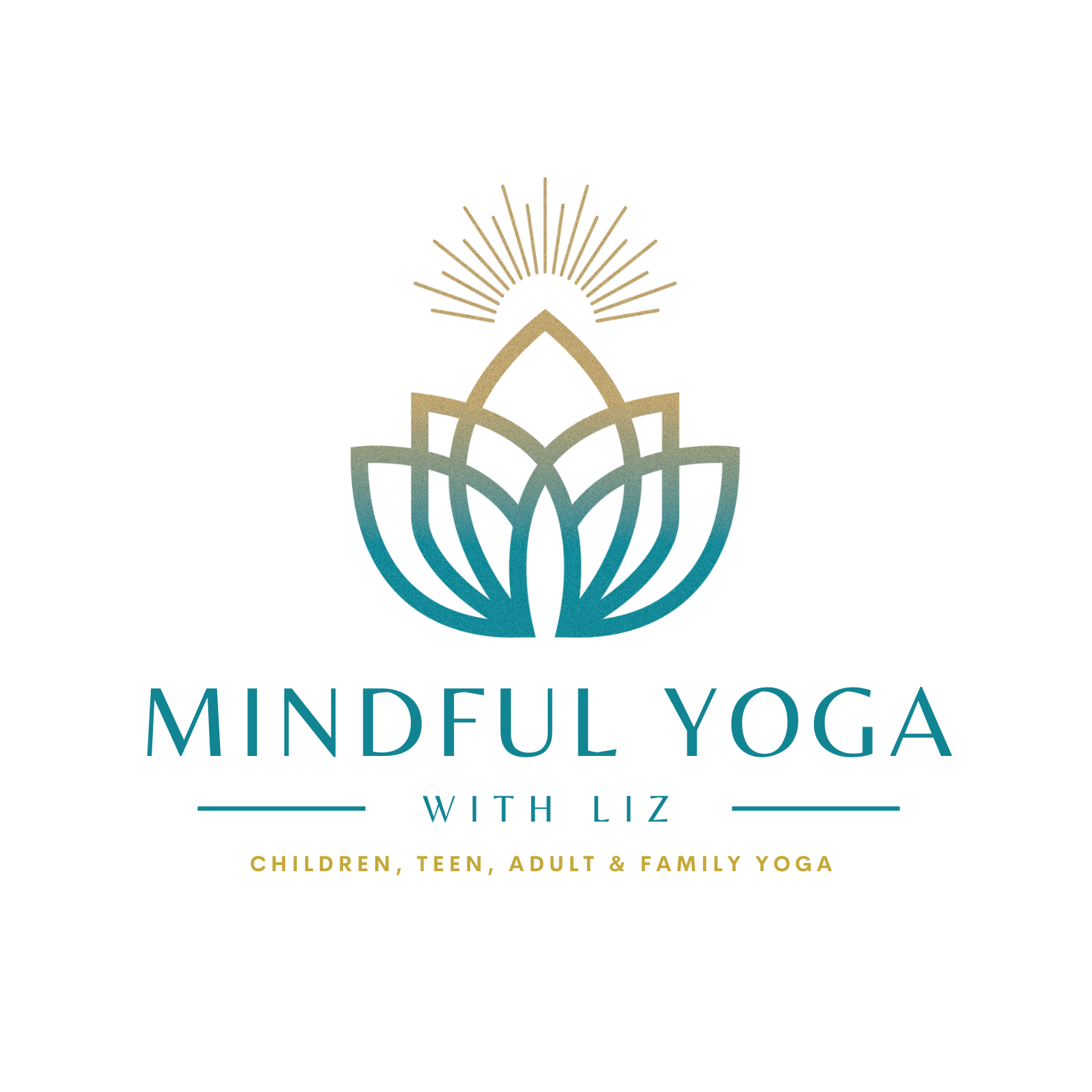
At Mindful Yoga With Liz, we bring the benefits of yoga and mindfulness directly into schools, helping children of all ages build focus, confidence, and emotional resilience. Through playful movement, breathwork, and guided relaxation, students learn tools to manage stress, regulate their emotions, and cultivate kindness toward themselves and others.
Our programs are age-appropriate and engaging, combining storytelling, games, and interactive activities to make learning fun while supporting social-emotional growth. Teachers also benefit by learning strategies to manage classroom energy, foster a calm environment, and support students’ well-being—helping the whole school community thrive.
miSci Museum of Innovation & Science
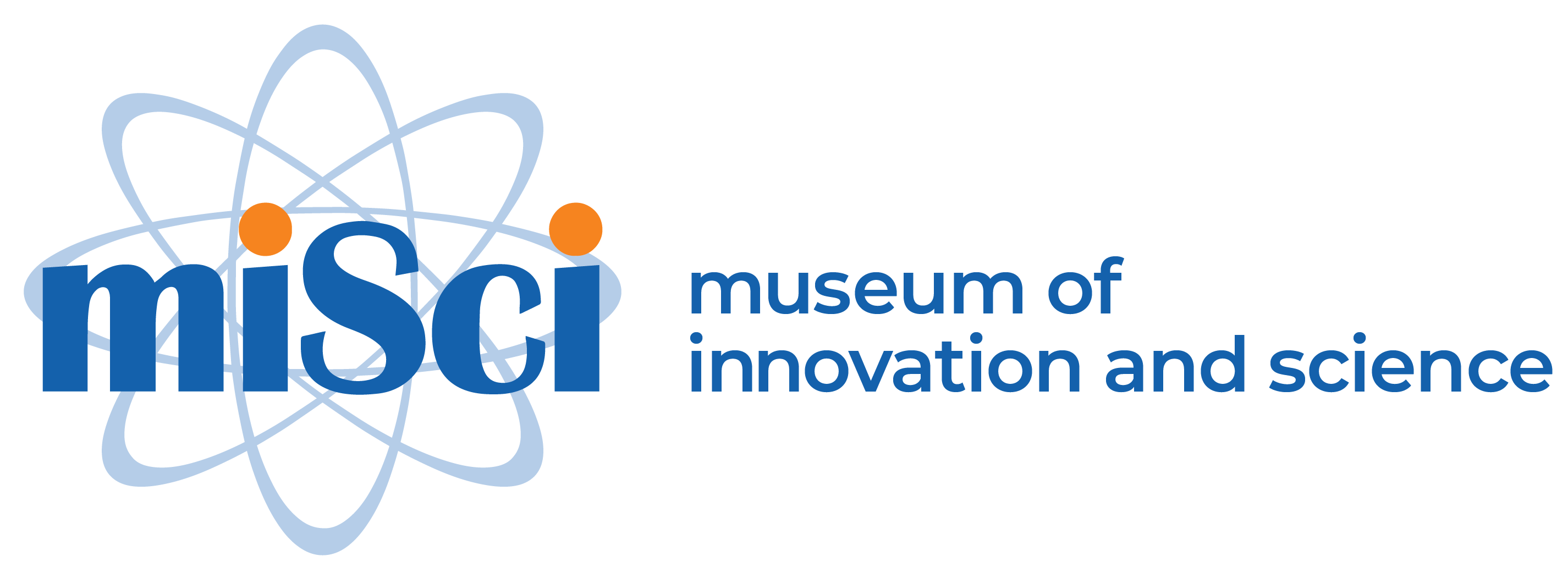
The Museum of Innovation and Science (miSci) offers a variety of engaging STEAM (Science, Technology, Engineering, Arts and Math) programs as field trip experiences, virtually, or in-person (off-site) at your location. Each program features a miSci science communicator performing demonstrations and guiding hands-on experiments designed to excite and inform learners.
We offer classes in Earth Science, Chemistry, Physical Science, Space, Engineering, Life Science. Our in person outreach classes are 45 minutes long, for up to 25 students in one session. We also have the capability to do the outreach classes as virtual classes in all these subjects. miSci has a Starlab (portable planetarium) that we can bring to a school, or area building to do up to 5 - thirty minute shows in one day. We also have star parties for naked eye viewing, weather permitting. We offer field trips which include a class, a planetarium show and time in the museum to explore. With suggestions from teachers we can adjust the topics in a planetarium show or for a different class topic if we are given a 3 week notice to make the adjustments.